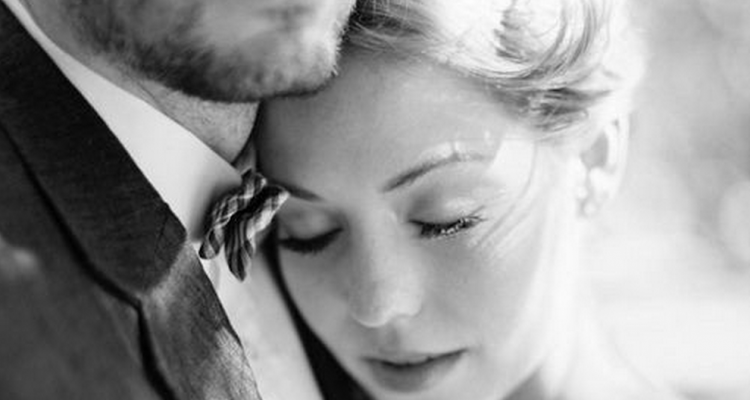It wasn’t long ago that the most popular style of wedding photography involved heaps of posed and intentionally artificial-looking photos. Some photographers even piled on the filters and special effects to accentuate the dreamy (some might even say “trippy”) look.
But no one style can speak to everyone, and a rising tide of wedding couples (and photographers) embraced a newcomer to the scene: photojournalism. While it wasn’t new to the newspapers, photojournalism amounted to a dramatic departure for weddings. Unlike portrait photography, it favored unplanned moments and candid snaps. Instead of the smiling guy in the tux who raised a flash the size of a dinner plate, you now often got (and didn’t see) a lurking photographer who tried his best to blend into the background. This fly-on-the-wall approach became the dominant style in wedding photography about 15 years ago.
One Name, Many Styles
As with all trends, professionals climbed on the bandwagon. Photographers who had recently mastered the traditional approach rebranded themselves as photojournalists — and mass confusion followed. In its wake, the term photojournalism has come to suggest anything ranging from “unobtrusive” and naturalistic” to “artsy and posed.” Some photographers try to defuse the question altogether by saying that photojournalism just means taking photos; nothing more, nothing less. But if that’s all it means, why say “photojournalistic-style photographer”?
The fact is, “photojournalism” does have a specific meaning. Photo is the easy part; it means capturing the light, or in modern terms, recording an image with a camera. Journalism means to record things as they happen, without interference (like StarTrek’s prime directive against interfering with other planets). Paste it all together, and the term’s supposed to mean capturing events as they unfold, without influencing or directing the subject. But when photographers ask you to roll around in the sand or to walk down a busy street in full wedding regalia, they’re most certainly directing.
On the other hand, the style known as Editorial (oft-confused with photojournalism) is something different. “Editorial” borrows from the magazine and advertising industries, and editorial photographers stage and direct their subjects to create photos that look natural. A good editorial photographer creates beautiful photos — they just aren’t the products of photojournalism. The truth is, genuine photojournalism wouldn’t work for many weddings. Folks want to remember their weddings in particular ways, and documenting these heirloom-worthy events like the evening news doesn’t always hit the mark.
Rather than get lost in the debate, your best bet is to skip right past the label, and describe exactly the kinds of images you are looking for. Given all the verbal confusion involved, photojournalism might mean one thing to me, but something totally different to you.
And trends don’t last forever, so try not to get hung up on the words. When a new photographic style becomes the hot trend, folks will jump onto that bandwagon, too. Three-dimensional holograms captured from every angle could be the big thing in weddings in 2306, at which point photographers of every style will revise their marketing message to say, “Uniquely Unobtrusive Holographers.”
Love is Timeless — Most Styles Aren’t
What? Photojournalism will never go out of style, you say? I hate to break it to you, but there’s no such thing as a truly timeless style. However well-thought out, however beautifully it captures the unspoken nuance of the age, every technique reflects some of the beliefs, inspiration, and conditions of the time to which it was born. Artists are can’t help but comment on the deeper nature of things as they see it — and as times change, the styles change too. Sure, some trends enjoy encores — swing music in the 30s and again in the 90s, Craftsman architecture in the early 1900s and now — but eventually, they get put in the style attic for a time, replaced, even if only temporarily, by something “new.”
The fashion industry is built on crushing the old, and promoting the late-breaking. Could you imagine every major magazine shutting its doors tomorrow because the one timeless style had been discovered? This ever-faster cultural merry-go-round is the engine of trends and must-haves that get people to spend money … and it won’t stop anytime soon.
Since we know from history that no style will dominate forever, then, the question to ask yourself is: what suits your specific personality and your specific wedding, right now? Even when they venture away from photojournalism, photo studios tend to promote one specific style for your entire shoot, often one that’s based on their own taste or ego and not your individual needs. Sure, shooting in a fun, contemporary style might be cool for cocktail hour, but is that what you’ll want forever-after for your ceremony photos? Maybe an artsy style is perfect for your portraits, but not your reception.
There’s no right answer — but skip the bottled style from a studio, whatever name they use for it. Rather than going for a prefab feel, find a photo agency or photographer that will craft a shooting plan specific to your wedding. Focus on the tone, personality and creativity of the photos you have in mind. That’s how you’ll know that you and your photographer are speaking the same language.


